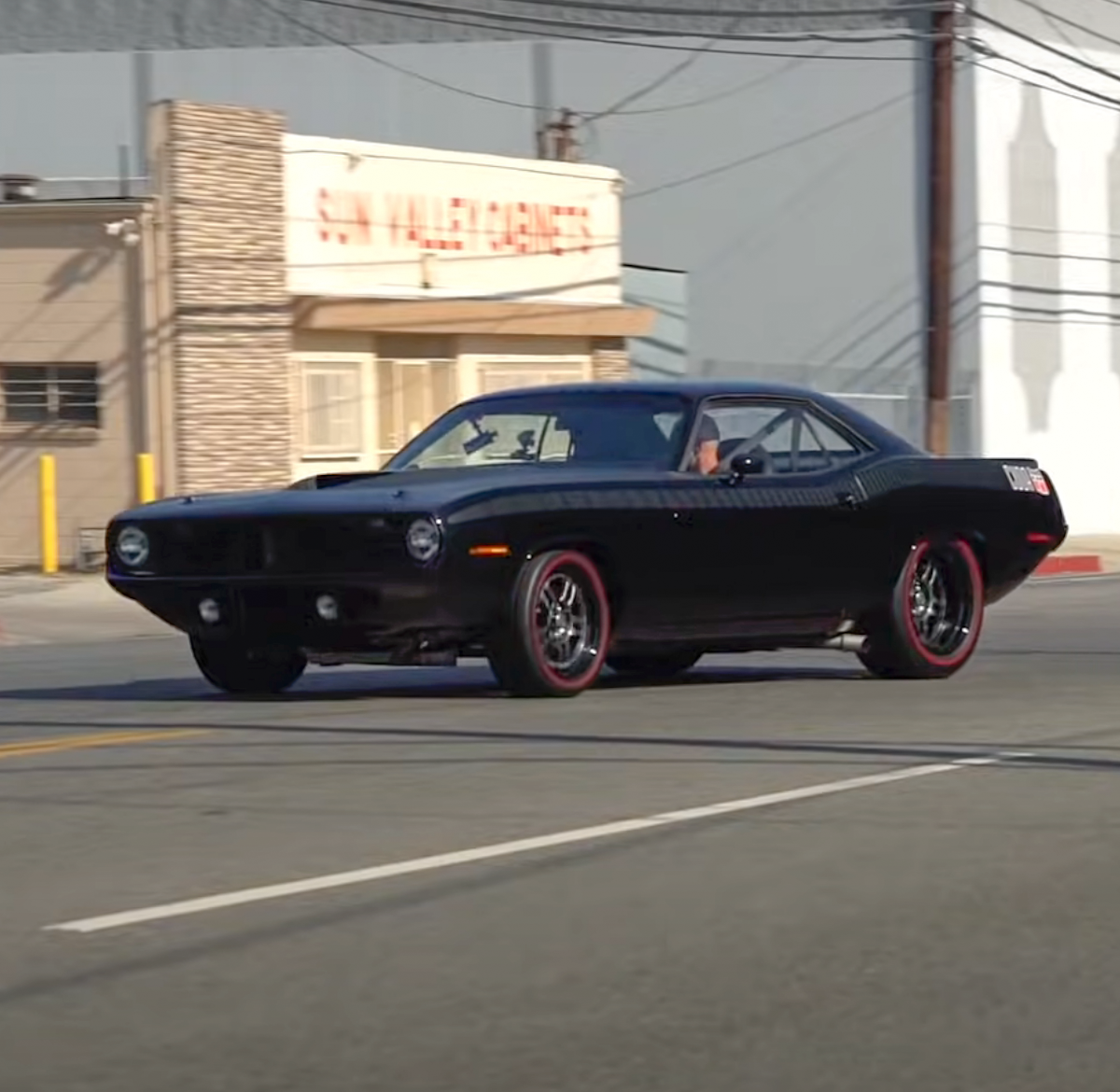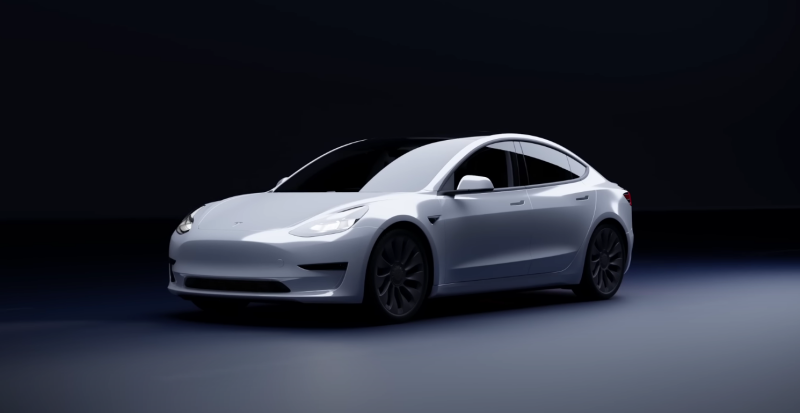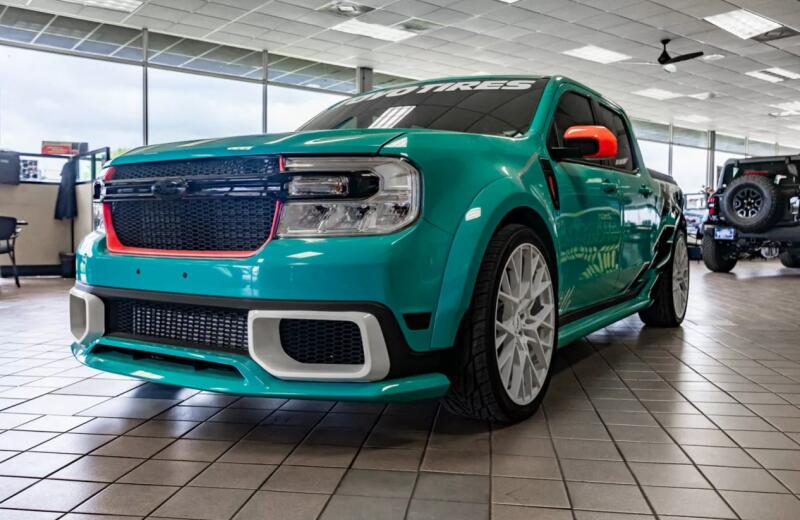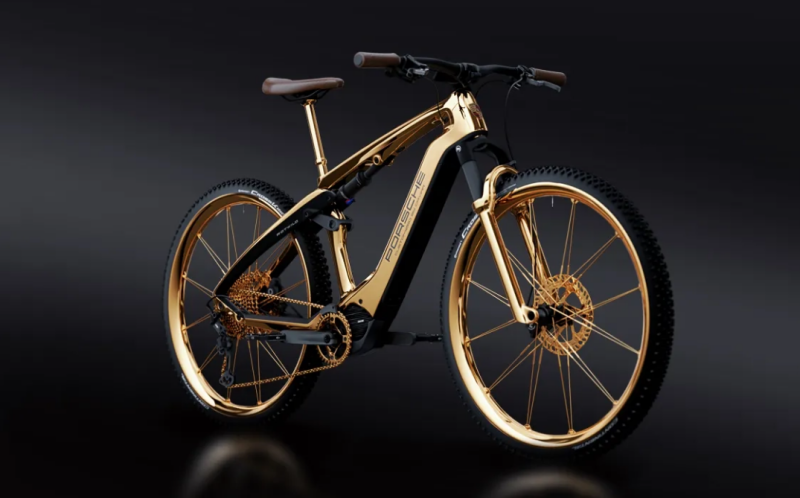Some people mistakenly think that the Cuda is a nickname for the Plymouth Barracuda, like how Chevrolet is shortened to Chevy and Zhiguli to Gigue. The cars are actually similar, but only as similar as the Ford Mustang and Shelby GT500. If you like, the Cuda is to the Barracuda what the AMG is to the Mercedes-Benz: a performance-focused, factory-charged version of the car.
No replacement for displacement
A well-known expression beloved by Americans, which can be literally translated: "nothing replaces the working volume." But here our expression “there is no reception against scrap” is much better suited. And this is so, because no small-capacity turbo, not to mention the squealing aspirated, can replace the gigantic thrust of a multi-liter naturally aspirated V8. But they forgot to tell the minders of Chrysler about this!
 Third generation Plymouth Barracuda. Photo: Youtube.com
Third generation Plymouth Barracuda. Photo: Youtube.comAs a result, a "small cubic capacity", only a seven-liter, 426th Hemi engine was born. Typically, Plymouth's performance car engine displacement was flaunted by lettering on the hood and rear fender. But not in this case! Instead of the index "426", a warning was applied to the car: "Hemi Cuda".
Plymouth Barracuda
This American muscle car has become truly iconic. Half a century has passed since the end of production, and fans are still waiting for the revival of the model, drawing renderings ...
It all started on April 1, 1964, when two weeks before the debut of the Ford Mustang, Plymouth introduced the Barracuda. Created by Irv Ritchie, the first generation model was intended to compete with the Mustang, and was the first American ponycar. Technically, the car was a Plymouth Valiant, with a fastback rear end. The car was even equipped with the same six-cylinder engine, for a hundred horses. Hopelessness and despondency, not a youth coupe!
 Plymouth Barracuda interior. Pay attention to the "pistol" gearshift handle from Hurst Performance. Photo: Youtube.com
Plymouth Barracuda interior. Pay attention to the "pistol" gearshift handle from Hurst Performance. Photo: Youtube.comOf course, Plymouth has slightly changed the original, for example, upgraded the suspension and installed a slightly modified grille. But Barracuda, in the eyes of buyers, remained a slightly modified Valiant! This means buying it, given that a stylish Ford Mustang is in a neighboring dealership, is a pointless undertaking.
The results were predictable: 23 Barracudas were sold in the first year, the same number as the Mustang. But Ford made such a volume on the first day of sales! In the first year of competition, Ford managed to outsell Plymouth 400 times, selling over 17 Mustangs.
Attempt number two
In the second generation, Chrysler did its best to make the Barracuda a serious competitor to the Mustang. Designers drew a new body: the car, which moved to the Chrysler A-body platform, became longer and looked much less like the Valiant.
 The 1971 Barracuda is unique in that it has four headlights. In '72, Plymouth abandoned this decision. Photo: Youtube.com
The 1971 Barracuda is unique in that it has four headlights. In '72, Plymouth abandoned this decision. Photo: Youtube.comAs engines, a 3.7-liter six was used, and two V8 options: with two or four-barrel carburetors. It was also possible to order a 280-horsepower 6.3-liter V8 Big Block, which was offered only with the optional Formula S package. Technically quite fun, but outwardly the car was inferior to competitors from Ford and General Motors.
Third Generation
The third-generation Plymouth Barracuda has been part of the muscle car pantheon since its birth. The car has definitely become meaner and faster - a pure predator! 27-year-old designer John Herlitz finally separated the model from the slender brother Valiant, drawing something that was supposed to appeal to a young audience with "gasoline in the blood."
And so it happened: the appearance of the third generation Barracuda was a success for Chrysler. Sales doubled from just under 28 a year to 000 vehicles. And 51 of them were equipped with Hemi motors. These are the V000 engine options installed on the 666 Plymouth Barracuda. Power (gross) is indicated in horsepower:
✅ AAR 'Cuda - stated 275, in fact 330
✅ 383-4V - 335
✅ 440-4V - 375
✅ 440-6V - 390
✅ Hemi 'Cuda - 425 (Net)
Surprisingly, the car, which had the most powerful engines and an ominous appearance, combined this with meager equipment! For example, with the lack of air conditioning and power steering. Plymouth was clear and unequivocal about the Cuda's sole purpose - performance!
My name is Cuda. Hemi Cuda
The appearance of a charged version of the third generation Barracuda was a hint to automotive Detroit. As subtle as a shotgun blast to the head: "There's a new sheriff in town." It was simply called 'Cuda' and was the last of the true muscle cars produced before the 'Age of Malaise'.
 The Hemi Cuda can handle the 7.5 liter Buick GS with no problem. Photo: Youtube.com
The Hemi Cuda can handle the 7.5 liter Buick GS with no problem. Photo: Youtube.comThe secret of the car's success lay in the Hemi engine and design. And if everything is clear with the latter - a car with such an ominous appearance still needed to be looked for, then you need to dwell on the motor in more detail.
What is Hemi?
In 1963, Chrysler approved a program to build an engine that would win the 500 Daytona 1964. From the moment the technical specifications were received, it was assumed that the motor would be purebred racing and would not be used on production models. The result was the A864 Race Hemi, with hemispherical combustion chambers.
 His Majesty Hemi. Photo: Youtube.com
His Majesty Hemi. Photo: Youtube.comOn February 23 of that year, Richard "King" Petty won the Daytona 500 in a dominant style Plymouth car. Two more Plymouths followed. After this hat-trick, representatives of Ford and Mercury went berserk: the racing Hemi took them by surprise! Under pressure from angry competitors, NASCAR management had to urgently change the rules, banning the use of thoroughbred racing engines. Henceforth, engines used in NASCAR should be available on stock cars. The rule was in effect until 2006.
Chrysler accepted the challenge (albeit skipping the 1965 season), and Street Hemi engines soon appeared in Dodge and Plymouth cars. The street version of the engine was distinguished by a reduced compression ratio, from 12.5 to 10.25: 1, “calm” valve timing, and simplified intake and exhaust manifolds. At the same time, the motors retained the declared power, still developing 425 horses at 5000 rpm.
 Richard Petty's Plymouth was equipped with a Hemi engine. Photo: Youtube.com
Richard Petty's Plymouth was equipped with a Hemi engine. Photo: Youtube.comNow that the engine is available in stock cars, Chrysler is back in NASCAR and has won countless races and many championships. In addition, the 426th Hemi, nicknamed the "Elephant" for its traction, also proved to be good on the drag strip. The A-990 drag racing package included aluminum heads and a magnesium intake manifold, as well as a lightweight acid-etched body. Dodge and Plymouth dragsters debuted in the NHRA Super Stock class in 1965, pioneering the Funny Car class.
Beast of the Apocalypse
There are muscle cars, and there is Hemi Cuda - a monster that radiates undisguised furious power and swiftness! A machine that sets new standards in the industry. After all, thanks to the new design, the competitors that appeared before the Cuda looked outdated, and the power of the Hemi "for the streets" turned out to be even redundant.
 American classics: Ford Mustang, Chevrolet Camaro and Plymouth Cuda. Photo: Youtube.com
American classics: Ford Mustang, Chevrolet Camaro and Plymouth Cuda. Photo: Youtube.comAs the decline follows the heyday, so the “Era of Malaise” began in the auto world, as a result of which the classic muscle cars died out. And the magnificent Plymouth Hemi Cuda became the swan song of a beautiful and dangerous era.










